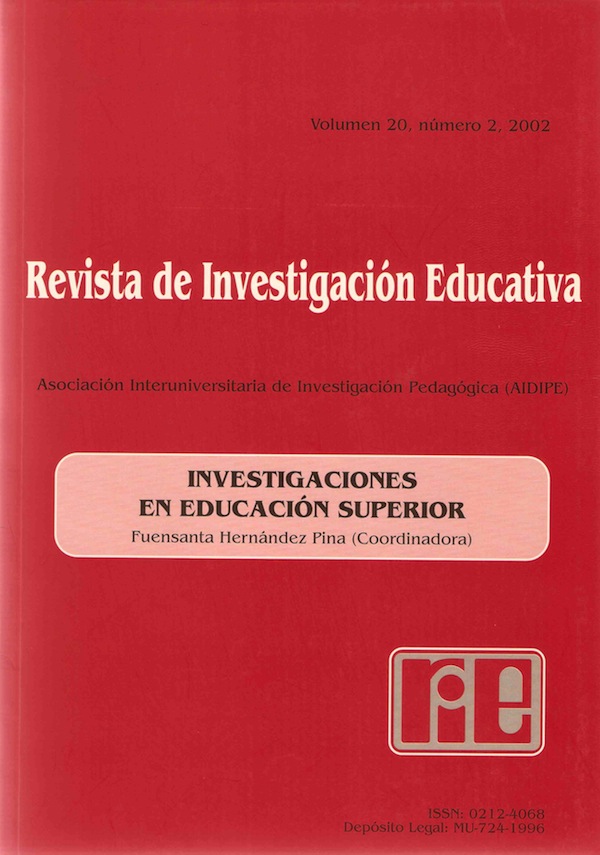Análisis dimensional de las opiniones de los alumnos universitarios sobre sus profesores: comparación entre técnicas paramétricas y no-paramétricas
Resumen
Se discuten las posibilidades y limitaciones de las funcionalidades sumativa y formativa en el uso de las encuestas de opinión del alumnado sobre la calidad docente de su profesorado. Se relacionan esas funcionalidades con el carácter unidimensional o multidimensional de tales encuestas. La revisión de los estudios estructurales realizados por diversos autores muestra una gran concordancia entre las dimensiones en ese contexto. Se discuten las ventajas y limitaciones de técnicas estadísticas paramétricas y no paramétricas (LISREL vs. SSA) para analizar la estructura o dimensionalidad del constructo de competencia docente. Estas técnicas son aplicadas al análisis de datos de dos amplias muestras de dos universidades, con dos instrumentos distintos. Los resultados encontrados mediante LISREL concuerdan con estudios previos similares. Los resultados encontrados mediante SSA aportan evidencia para una reconceptualización no lineal del constructo de competencia docente que integra adecuadamente las tradicionales conceptualizaciones unidimensionales y multidimensionales.Descargas
-
Resumen1891
-
PDF1073
Las obras que se publican en esta revista están sujetas a los siguientes términos:
1. El Servicio de Publicaciones de la Universidad de Murcia (la editorial) conserva los derechos patrimoniales (copyright) de las obras publicadas, y favorece y permite la reutilización de las mismas bajo la licencia de uso indicada en el punto 2.
2. Las obras se publican en la edición electrónica de la revista bajo una licencia Creative Commons Reconocimiento-NoComercial-SinObraDerivada 3.0 España (texto legal). Se pueden copiar, usar, difundir, transmitir y exponer públicamente, siempre que: i) se cite la autoría y la fuente original de su publicación (revista, editorial y URL de la obra); ii) no se usen para fines comerciales; iii) se mencione la existencia y especificaciones de esta licencia de uso.
3. Condiciones de auto-archivo. Se permite a los/as autores/as a difundir electrónicamente las versiones pre-print (versión antes de ser evaluada) y/o post-print (versión evaluada y aceptada para su publicación) de sus obras antes de su publicación, ya que favorece su circulación y difusión más temprana y con ello un posible aumento en su citación y alcance entre la comunidad académica.









